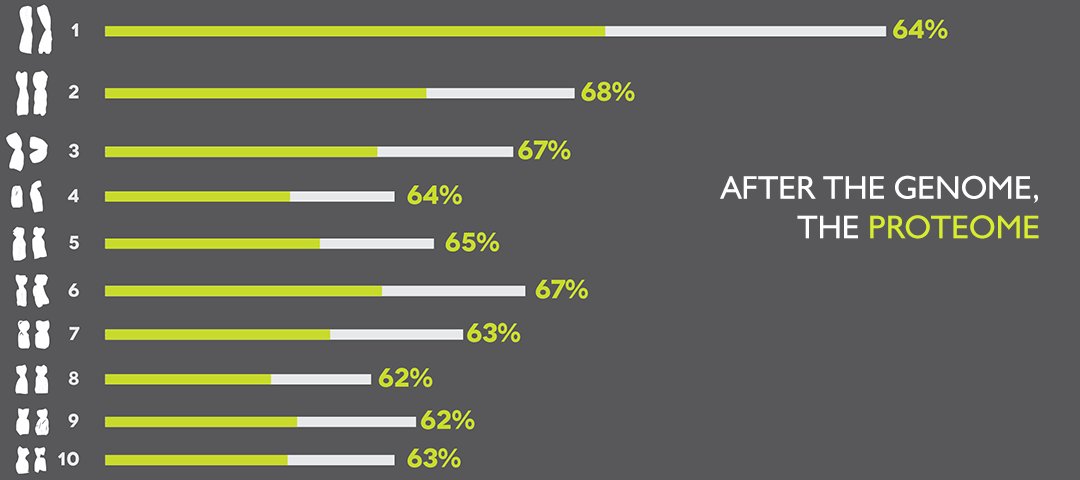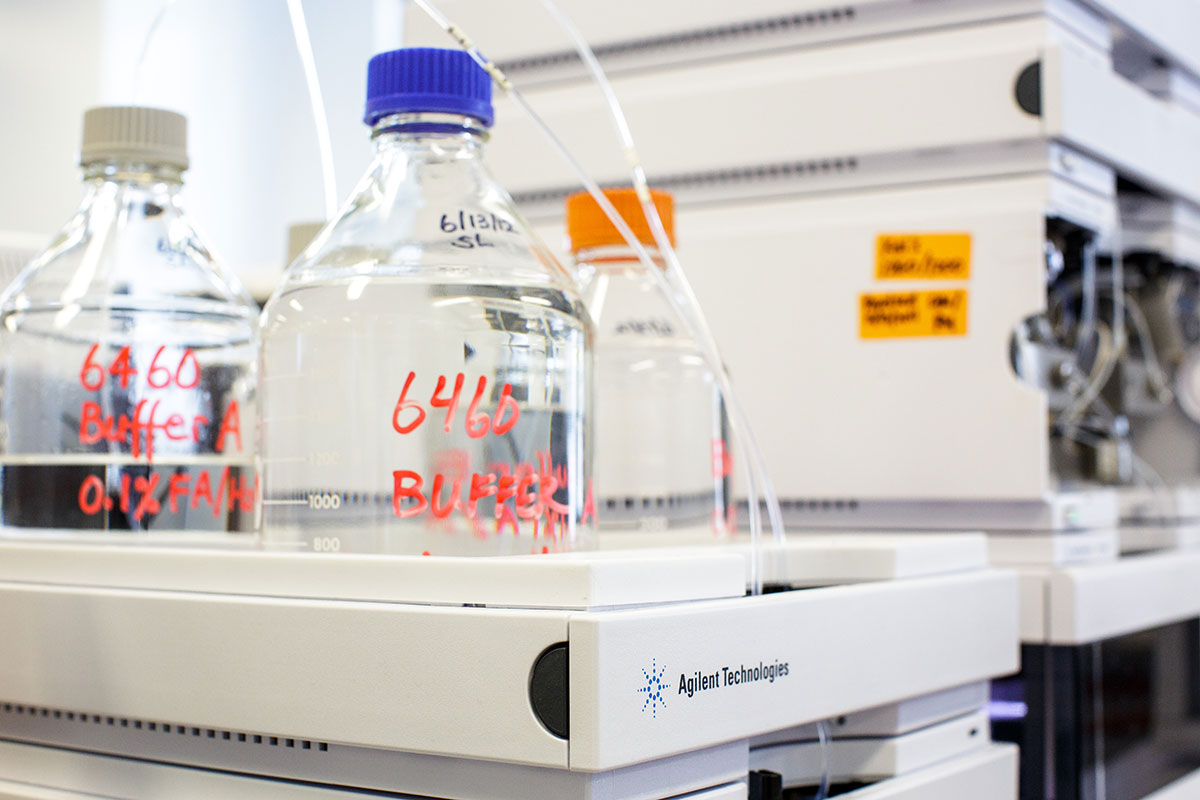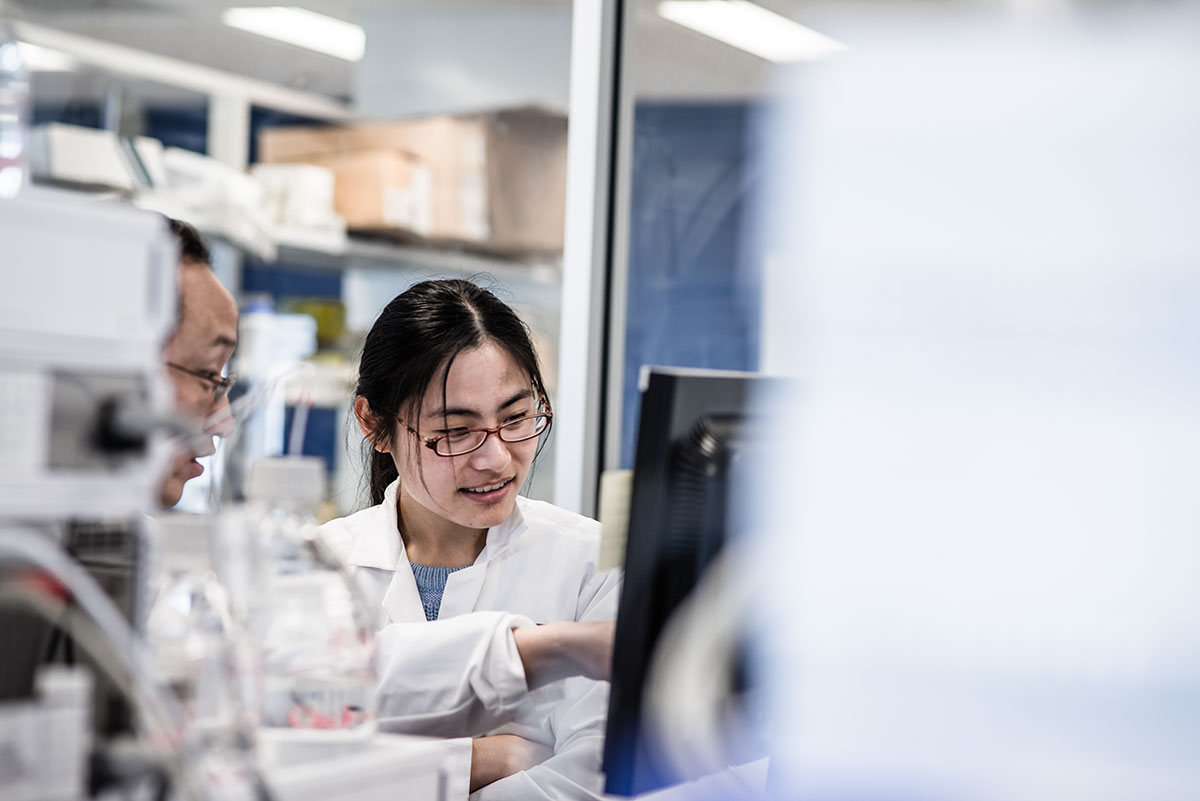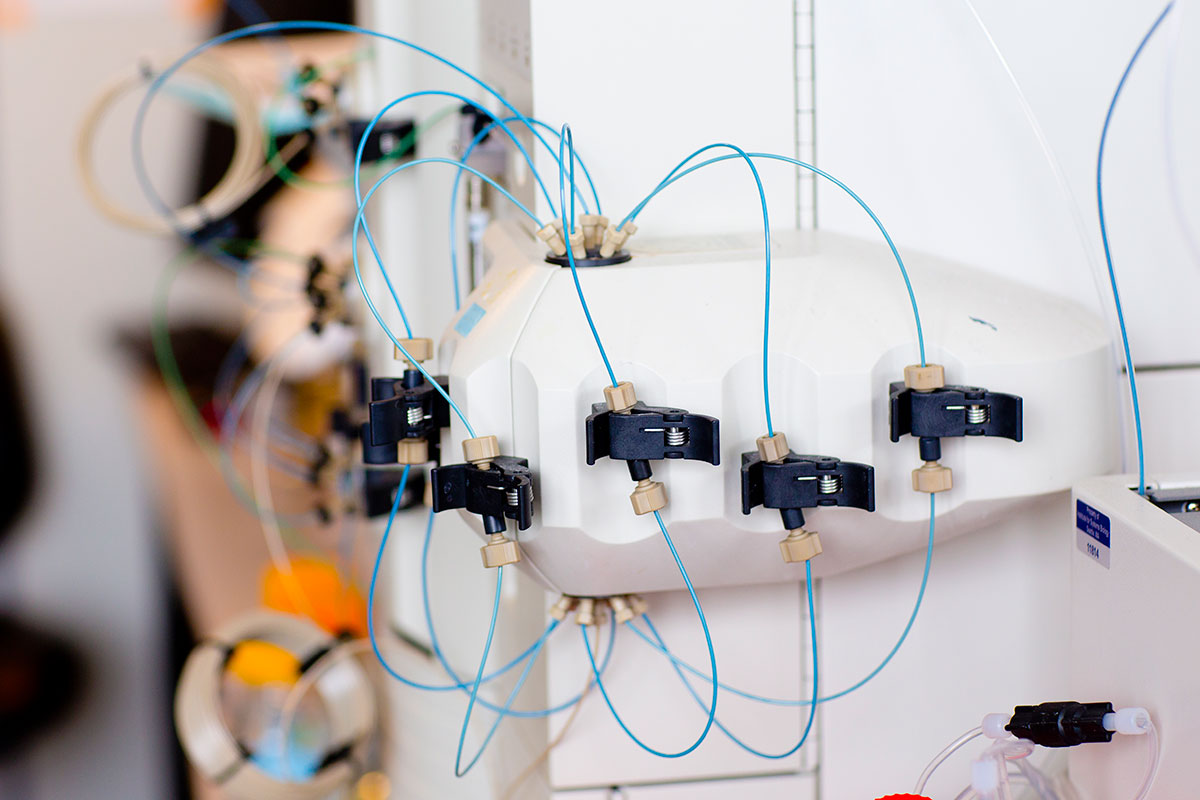Featured Projects
-

Systems Approach to Innovation Helps Extract More Data
Technology lag affects the study of proteins, which when quantified can indicate disease or wellness. ISB uses systems approach to innovate and transcend technology limitations. ISB co-develops new technique and software suite to increase protein detection rate. By Dr. Kristian Swearingen Scientific breakthroughs are often contingent on available technology. In the case of measuring proteins, the mass spectrometers that exist today aren’t fast enough to detect all the proteins that…
-

ISB’s PeptideAtlas Helps Advance the Study of Proteins
The Human Proteome Project expands on the work of the Human Genome Project. ISB is a leader in proteomics and developed PeptideAtlas, a project that has cataloged the proteins observed in thousands of proteomics experiments as an open resource for researchers everywhere. In a new report, ISB researchers show that PeptideAtlas now contains proteins from about 62 percent of human genes thought to encode proteins. By Terry Farrah Software Engineer,…
-

Let Us Tell You Everything We Know About Proteomics – Everything
3 Bullets: Proteomics experiments generate huge amounts of raw data, most of which cannot be easily shared or described in a publication. ISB researchers curate publicly accessible databases that allow researchers to share their data with the world and to use data others have collected. All data are analyzed in a consistent manner and results are presented via searchable, user-friendly web applications. By Dr. Kristian Swearingen Institute for Systems Biology…
-

ISB Releases Open-Source Software to Analyze Digital Fingerprint of Protein Data
3 Bullets: SWATH mass spectrometry, an emerging protein analysis technique being pioneered by ISB researchers, provides a digital fingerprint of all accessible proteins in a sample. The data generated by the SWATH technique are highly complex and require sophisticated computational tools in order to extract identities from a sea of data. ISB researchers have released a free, open source program that allows users to confidently identify and quantify proteins analyzed…
-

FAIMS
FAIMS–Kristian Swearingen, Michael Hoopmann, and Robert Moritz (PI) What is FAIMS? High Field Asymmetric Waveform Ion Mobility Spectrometry (FAIMS) is an established technology with a myriad of potential applications for augmentation of mass spectrometry. Although discovered and characterized for use with mass spectrometry by Gorshkov in the early 1980’s, FAIMS technology has recently seen a marked increase in interest and innovation through the work of Roger Guevremont, Alexandre Shvartsburg, Richard…



 moritz.isbscience.org/research/technology-development/
moritz.isbscience.org/research/technology-development/